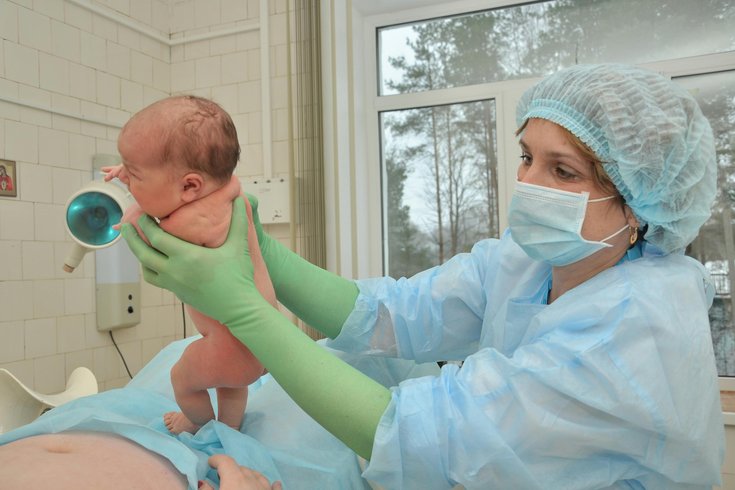
August 21, 2024
 Ольга Жарикова/Pexels
Ольга Жарикова/Pexels
A CDC report released Tuesday shows fertility and birth rates fell from 2022 to 2023, continuing a downward trend since 2007.
The U.S. birth rate continued to decline last year, according to data released by the Centers for Disease Control and Prevention on Tuesday.
The fertility rate in 2023 dropped 3% compared with the previous year — from 56.0 births per 1,000 women ages 15 to 44 in 2022 to 54.5 births in 2023, the report showed. The birth rate, which is calculated by dividing the number of live births in a population in a year by the midyear resident population, dropped 2%.
These dips continue a downward trend in fertility and birth rates since the economic crisis that began in 2007, with the exception of 2021 when there was a small increase of 71,000 babies born during the pandemic.
Since 2007, the number of live births fell by 17% and the fertility rate decreased by 21%, according to the report.
“People are waiting to have children. And on average, when people wait longer to have children, they end up having fewer children,” Sarah Hayford, director of the Institute for Population Research at Ohio State University, told CNN. “I think there’s also greater social acceptance of not having children or having a smaller family. So as that has become more acceptable, people are more carefully weighing their decision to become parents.”
Hayford was not involved in compiling the CDC report.
The birth rates for teenagers were also down in 2023 from the previous year, declining 4% for ages 15 to 19, 2% for 17 to 19, and 5% for 18 to 19.
A concerning trend the report revealed was that the number of women receiving no prenatal care rose by 5% from 2022 to 2023. The percentage of mothers receiving prenatal care in the first trimester declined 1% from 2022 to 2023.
Also, the early-term birth rate rose 2% from 2022 to 2023. Early-term babies are born between 37 weeks and 38 weeks and six days and face more health risks than babies born between 39 and 40 weeks, which is considered full term, according to the March of Dimes, an organization with the mission of promoting the health of mothers and babies.
The CDC report was compiled using data from the National Vital Statistics System and did not include reasons for the drops in birth and fertility rates.